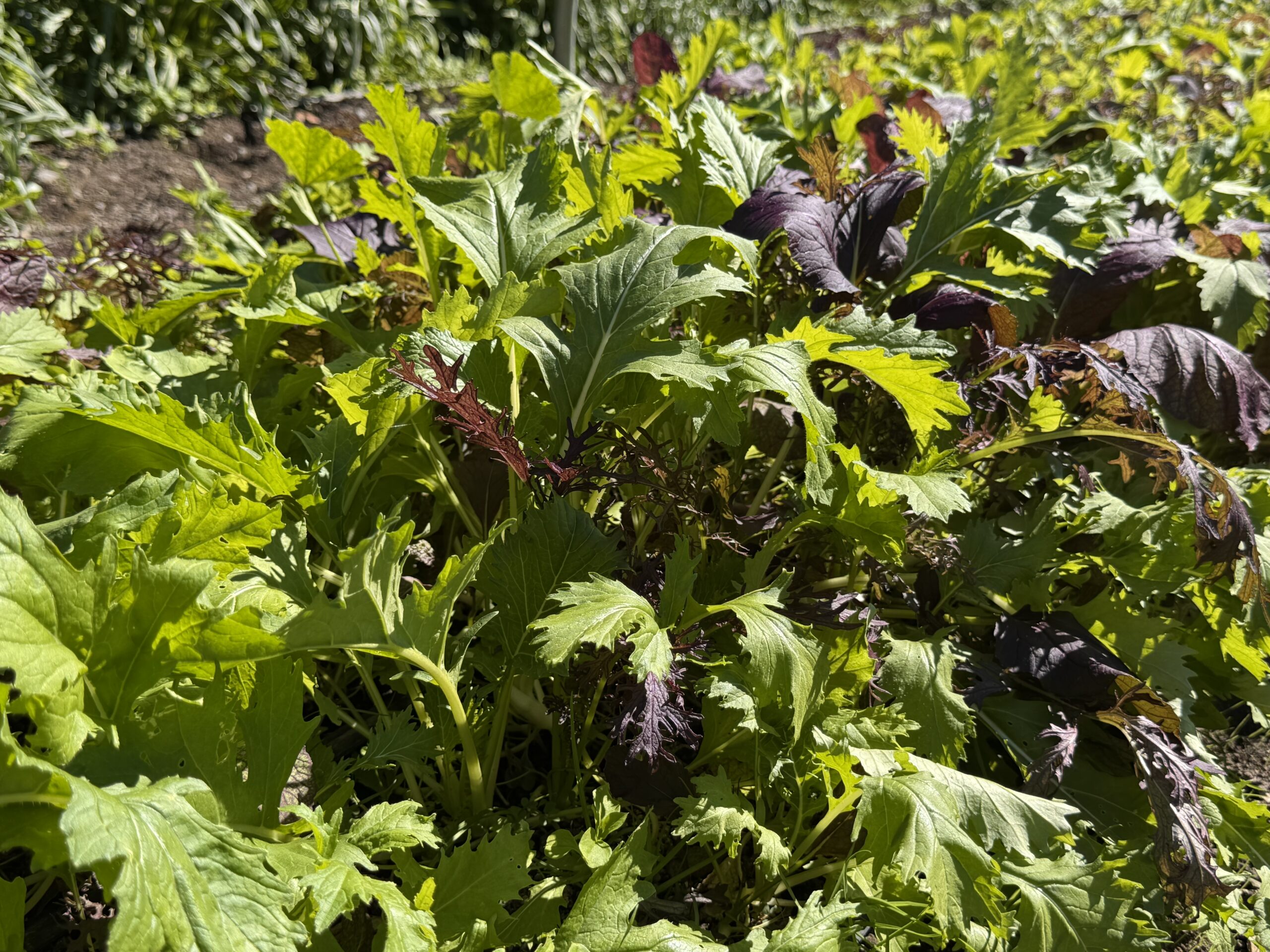Best Winter Cover Crops for a Small Garden
Winter is the perfect time to give your garden soil a rest—and a boost. Planting winter cover crops is one of the best ways to protect and enrich your garden beds during the cold months. Cover crops prevent erosion, suppress weeds, add organic matter, and, in the case of legumes, return valuable nitrogen to the soil. Whether your goal is to build fertility, loosen compacted soil, or prepare beds for early spring planting, there’s a cover crop suited to every small garden. Here are the best winter cover crops to grow and why each is a smart choice.
1. Winter Rye (Cereal Rye)
Why it’s a good choice:
- Excellent soil protector: Forms a dense mat that prevents erosion and suppresses winter weeds.
- Cold hardy: Grows through frost and snow, surviving temperatures below 0°F.
- Soil builder: Adds large amounts of organic matter when turned under in spring.
- Easy to manage: Can be cut or tilled in early spring before planting vegetables.
Best for: General soil improvement and weed suppression in any region with cold winters.
2. Winter Wheat
Why it’s a good choice:
- Gentler than rye: Easier to cut down and incorporate in spring.
- Protects soil: Prevents compaction and erosion while covering bare beds.
- Moderate nutrient scavenger: Gathers leftover nitrogen without tying it up excessively.
Best for: Gardeners who want a manageable grain cover crop that still provides strong soil protection.
3. Crimson Clover
Why it’s a good choice:
- Nitrogen fixer: Pulls nitrogen from the air and stores it in root nodules for next season’s crops.
- Pollinator-friendly: Blooms early in spring, attracting bees and beneficial insects.
- Compact growth: Suitable for small beds and pathways.
Best for: Enriching nitrogen in vegetable beds, especially before heavy feeders like corn or tomatoes.
4. Hairy Vetch
Why it’s a good choice:
- Strong nitrogen fixer: One of the best legumes for restoring nitrogen to soil.
- Vigorous growth: Forms a dense groundcover that smothers weeds.
- Soil protector: Deep roots prevent erosion and improve structure.
Best for: Building soil fertility before crops like peppers, squash, and leafy greens.
Note: Needs to be cut down before seed set to prevent reseeding.
5. Austrian Winter Peas
Why it’s a good choice:
- Cold-tolerant legume: Survives mild winters (down to about 10°F).
- Nitrogen builder: Fixes nitrogen and adds tender green matter to the soil.
- Edible bonus: Young shoots can be harvested for pea greens.
Best for: Mild winter areas (Zones 7–9) or paired with rye or oats for balanced cover.
6. Oats
Why it’s a good choice:
- Fast-growing: Germinates quickly in cool fall weather.
- Winter-killed: Dies back after hard frosts, leaving an easy-to-manage mulch layer.
- Soil softener: Roots loosen compacted topsoil and improve drainage.
Best for: Gardeners in cold regions who want a winter-killed mulch that’s ready for early spring planting.
7. Ryegrass (Annual Ryegrass)
Why it’s a good choice:
- Quick cover: Fast germination and lush fall growth.
- Strong root system: Holds soil in place and improves tilth.
- Adaptable: Works well under fruit trees, around raised beds, or between rows.
Best for: Quick fall coverage and living mulch; easy to overseed in existing beds.
8. Mustard
Why it’s a good choice:
- Natural soil cleanser: Releases compounds that suppress soilborne diseases and nematodes.
- Fast-growing: Provides lush green biomass before winter.
- Cold hardy: Survives light frosts and adds organic matter.
Best for: Disease-prone soils or rotation before root vegetables.
🧑🌾 How to Choose the Right Cover Crop
| Garden Goal | Best Choices | Why |
|---|---|---|
| Add nitrogen | Crimson clover, hairy vetch, Austrian winter peas | Legumes fix nitrogen from the air |
| Build organic matter | Winter rye, wheat, oats | High biomass improves soil texture |
| Suppress weeds | Rye, vetch, ryegrass | Dense cover smothers weeds |
| Winter-killed for easy spring prep | Oats, mustard | No tilling needed; natural mulch remains |
| Disease suppression | Mustard | Biofumigation effect from glucosinolates |
🌱 Tips for Small Gardens
- Broadcast seed lightly over prepared soil and rake in about ½ inch deep.
- Water well until established before frost.
- Cut down green cover crops 3–4 weeks before spring planting to allow decomposition.
- Mix types: Try a blend like rye + vetch or oats + peas for balanced benefits.

